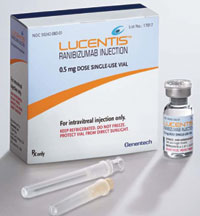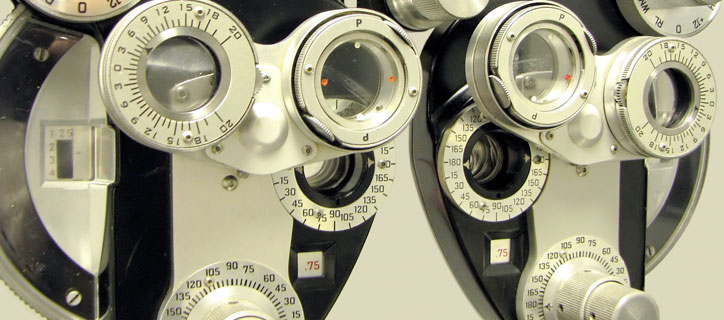Students are up for the World Sight Day Student Challenge!
Press Release Denver, CO (September 25, 2012) – The World Sight Day Student Challenge is in full swing at Colleges of Optometry across North America. American Optometric Student Association (AOSA) Trustees and student representatives from the Volunteer Optometric Services to Humanity (sVOSH) are taking the lead and planning events such as talent shows, bake sales […]
Students are up for the World Sight Day Student Challenge! Read More »






